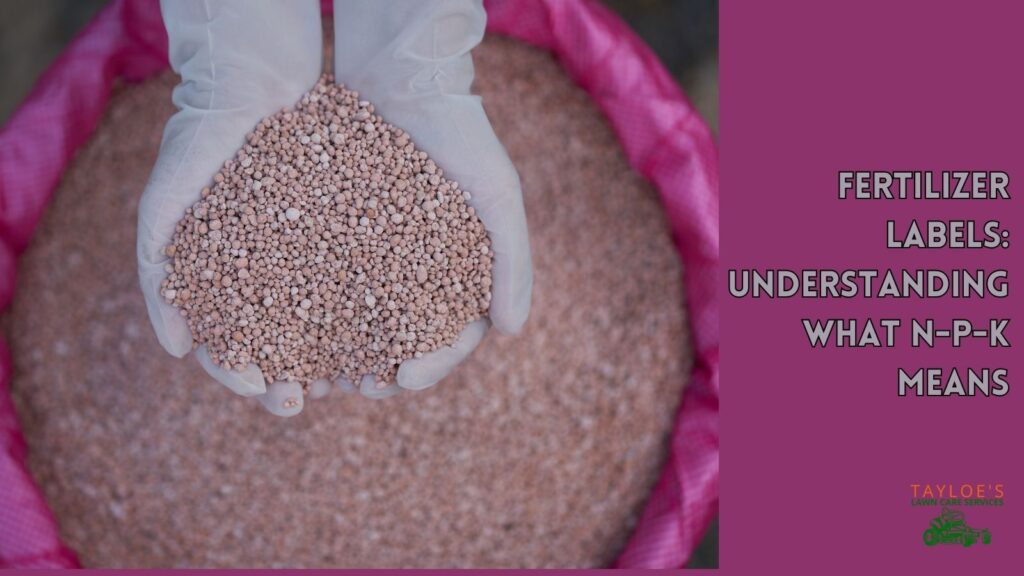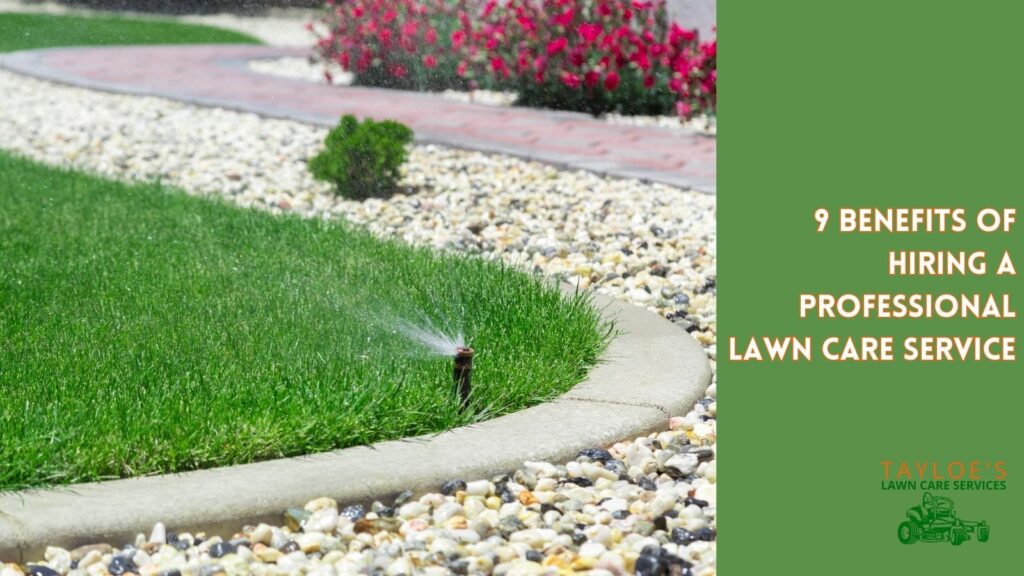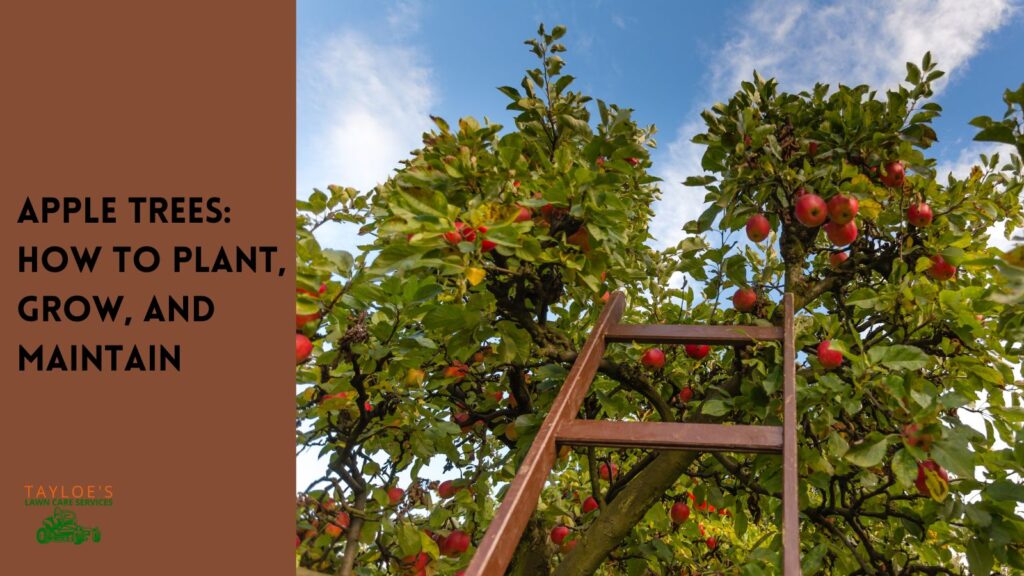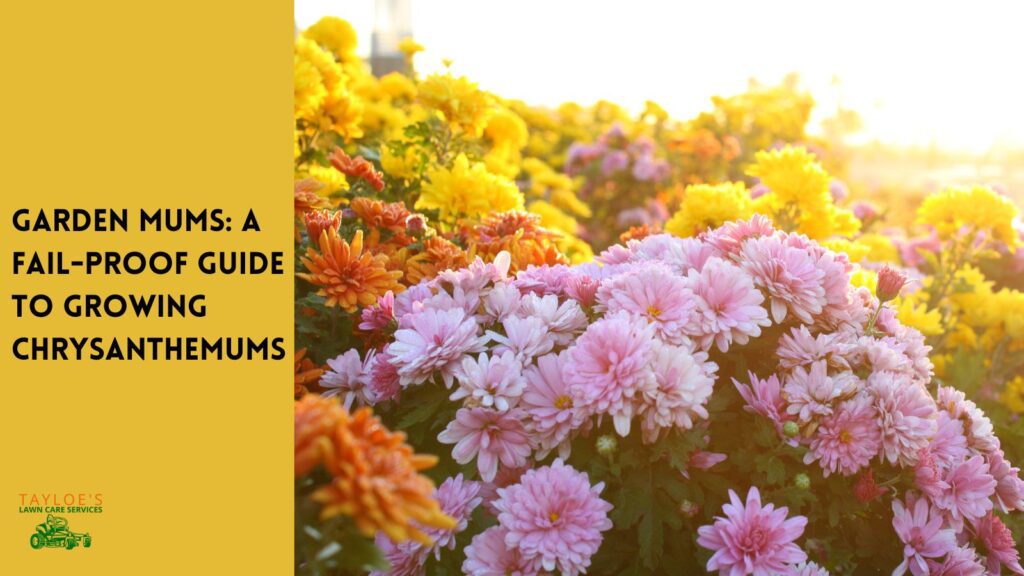Last Updated on: 12th December 2025, 12:33 pm

Do you know how to shop for fertilizers?
Fertilizer labels have three numbers (N-P-K) representing the product’s percentage of nitrogen, phosphorus, and potassium. These numbers indicate the concentration of each nutrient in the fertilizer. Nitrogen (N) promotes leafy growth and green color in plants. Phosphorus (P) supports root development, flowering, and fruit production. Potassium (K) enhances overall plant growth and health.
When shopping for fertilizers, it is important to understand what these numbers mean and how they relate to the specific needs of your plants. The N-P-K ratio tells you the nutrient composition of the fertilizer and helps you choose the right product for your plants. For example, a fertilizer with an N-P-K ratio of 10-10-10 contains equal parts of nitrogen, phosphorus, and potassium. This balanced fertilizer is suitable for general use on a variety of plants. On the other hand, a fertilizer with a ratio of 12-6-6 would be higher in nitrogen and more suitable for promoting leafy growth. Understanding these ratios can help you make informed decisions when selecting fertilizers for your garden.
What Do the Numbers on Fertilizer Labels Represent?
Fertilizer labels have three numbers (N-P-K) representing the product’s nitrogen, phosphorus, and potassium percentages. These numbers indicate the concentration of each nutrient in the fertilizer. Nitrogen (N) promotes leafy growth and green color in plants. Phosphorus (P) supports root development, flowering, and fruit production. Potassium (K) enhances overall plant growth and health.
For example, if a fertilizer has an N-P-K ratio of 10-5-5, it means that it contains 10% nitrogen, 5% phosphorus, and 5% potassium. This ratio indicates that the fertilizer is higher in nitrogen, which is beneficial for promoting leafy growth. On the other hand, a fertilizer with a ratio of 5-10-10 would be higher in phosphorus and potassium, making it more suitable for supporting root development and flowering.
In addition to nitrogen, phosphorus, and potassium, plants also require other essential nutrients for healthy growth. These include calcium, magnesium, sulfur, and various micronutrients like boron, copper, iron, manganese, molybdenum, nickel, and zinc. While the N-P-K ratio provides a general overview of the fertilizer’s nutrient content, it’s also essential to consider the presence of these other nutrients. Some fertilizers may contain additional micronutrients to address specific deficiencies in the soil and ensure that plants receive a balanced nutrient supply.
The Role of Nitrogen in Plant Growth
Nitrogen is responsible for stimulating leafy growth in plants. It plays a vital role in producing chlorophyll, the pigment that enables plants to undergo photosynthesis. Nitrogen ensures a vibrant green color in foliage, indicating healthy plant growth. When plants grow actively in the spring and early summer, adequate nitrogen levels are crucial. However, it’s important to note that excessive nitrogen can lead to excessive vegetative growth at the expense of fruiting.
For example, consider a vegetable garden where leafy greens like lettuce and spinach are grown. These plants require a steady nitrogen supply to support their lush leaf development. Using a fertilizer with a higher nitrogen content, such as a 20-10-10 ratio, gardeners can ensure that these plants receive the necessary nutrients for robust leaf growth.
Besides promoting leafy growth, nitrogen also impacts plants’ overall health and vigor. It synthesizes proteins and enzymes, which are essential for various plant metabolic processes. Additionally, nitrogen is a critical component of DNA, the genetic material controlling plant growth and development. Without sufficient nitrogen, plants may exhibit stunted growth, pale yellow leaves (a condition known as chlorosis), and reduced resistance to pests and diseases.

How Phosphorus Supports Root Development and Flowering
Phosphorus is essential for root development in plants. It plays a crucial role in producing adenosine triphosphate (ATP), which stores and transports energy within the plant. Phosphorus also supports flowering and fruit production. When planting, it is vital to provide sufficient phosphorus to support strong root growth. Insufficient phosphorus can result in weak root systems and diminished flowering or fruiting.
For example, consider a gardener who wants to grow roses in their garden. Roses require phosphorus for the development of strong root systems and abundant blooms. Using a fertilizer with a higher phosphorus content, such as a 10-20-10 ratio, the gardener can provide the necessary nutrients for healthy root development and vibrant flowers.
Phosphorus is vital during the early stages of plant growth when roots develop. It aids in forming new root cells and promotes root branching, allowing plants to explore a larger volume of soil for water and nutrients. Additionally, phosphorus plays a critical role in flower and fruit development. It is involved in the synthesis of nucleic acids and ATP, both of which are essential for energy transfer and cell division. Adequate phosphorus levels contribute to robust flower and fruit formation, improving yields and quality.
Benefits of Potassium for Overall Plant Health
Potassium (potash) plays a crucial role in various plant functions. It helps regulate water within plant cells, activates enzymes involved in plant growth, and aids in photosynthesis. Potassium also facilitates the transportation of sugars and carbohydrates within the plant. Additionally, it enhances the plant’s ability to resist diseases and withstand extreme temperatures. Applying potassium from late spring to the end of summer is particularly beneficial for flower and fruit production. Potassium deficiency can cause stunted growth, reduced vigor, and increased susceptibility to stress.
For example, consider a fruit orchard where apple and peach trees grow. These trees require potassium to develop healthy fruits and improve disease resistance. A fertilizer with a higher potassium content, such as a 10-10-20 ratio, ensures that orchard owners can ensure that their trees receive the necessary nutrients for optimal fruit production and overall health.
In addition to its direct benefits to plants, potassium contributes to soil health. It helps improve soil structure and nutrient availability, promoting the growth of beneficial soil organisms. Potassium ions also play a role in soil’s cation exchange capacity, influencing its ability to retain and release essential nutrients. By maintaining adequate potassium levels in the soil, gardeners can create a favorable environment for plant growth and optimize the overall health of their garden.

Different Nutrient Requirements for Different Plants
Plants have varied nutrient requirements based on their growth habits and needs. While nitrogen, phosphorus, and potassium are essential for most plants, different plants may have different nutrient needs. This is why specialty fertilizers are available to cater to the specific nutrient requirements of different plants. For example, lawn fertilizers typically have a high nitrogen content to promote lush grass growth. Vegetable fertilizers, on the other hand, have higher levels of phosphorus and potassium to support flowering and fruit production. Bulb fertilizers have a higher phosphorus content to promote healthy root development.
What Does the Plant Need?
When choosing fertilizers, it is essential to consider the specific needs of the plants you are growing. For example, if you have a lawn that you want to keep green and healthy, a fertilizer with a high nitrogen content, such as a 20-5-10 ratio, would be suitable. On the other hand, if you have a vegetable garden and want to promote the growth of fruits and vegetables, a fertilizer with higher phosphorus and potassium levels, such as a 10-20-20 ratio, would be more appropriate. By selecting fertilizers that align with the nutrient requirements of your plants, you can ensure they receive the necessary nutrients for optimal growth and productivity.
What Other Nutrients Are Present?
In addition to the N-P-K ratio, specialty fertilizers may contain additional nutrients to address specific soil deficiencies. For example, some fertilizers formulated for acid-loving plants like azaleas and blueberries may have added sulfur to lower soil pH. Similarly, fertilizers for plants that prefer alkaline conditions, such as lilacs and clematis, may contain added calcium to raise soil pH. Using these specialty fertilizers, gardeners can provide the nutrients their plants need to thrive in their preferred soil conditions.
Replenishing Nutrients with Fertilizers
Fertilizers play a crucial role in replenishing essential nutrients that may be depleted in the soil. Nutrient depletion can occur due to plant uptake or leaching. Specialty fertilizers may also contain additional nutrients like iron to address specific deficiencies in the soil. Regular fertilization helps ensure that plants receive the necessary nutrients for optimal growth and health. Soil testing is recommended to determine nutrient deficiencies and guide fertilizer application.
Soil testing is an important step in understanding your plants’ nutrient requirements and soil condition. By analyzing a soil sample, you can identify any nutrient deficiencies or imbalances and make informed decisions about fertilizer application. Soil testing provides valuable information about the soil’s pH, nutrient, and organic matter content. Based on the test results, you can select the appropriate fertilizer and adjust the application rate to meet the specific needs of your plants.
In addition to the primary nutrients (N-P-K), some fertilizers may contain secondary nutrients like calcium, magnesium, and sulfur. These secondary nutrients are required by plants in smaller quantities but are still essential for their growth and development. For example, calcium is vital for cell wall formation and helps prevent disorders like blossom end rot in tomatoes. Magnesium is involved in chlorophyll production and plays a role in photosynthesis. Sulfur is a component of specific amino acids and is essential for protein synthesis.
Understanding Fertilizer Labels for Specific Plant Needs
Different fertilizers have varying nutrient ratios to meet the specific requirements of different plants. Organic fertilizers work in harmony with soil microbes to provide long-term benefits to the soil. Inorganic fertilizers, on the other hand, are lab made and high in salts but provide nutrients without contributing to long-term soil health. Granular fertilizers require incorporation into the soil and dissolve slowly over time. Soluble fertilizers, on the other hand, are quick-release and dissolve in water, making them suitable for immediate nutrient availability.
When choosing fertilizers, it’s essential to consider your plants’ specific needs and the fertilizer’s characteristics.
Organic fertilizer
Organic fertilizers, such as compost and manure, come from natural sources and provide a slow release form of nutrients. They feed the plants and improve soil structure, water holding capacity, and microbial activity. Organic fertilizers contribute to the soil’s long-term health and are a sustainable choice for gardeners.
Inorganic fertilizer
Inorganic fertilizers, on the other hand, come from a lab and provide a quick release form of nutrients. They are readily available to plants but do not contribute to soil health in the same way as organic fertilizers. Both types of fertilizers have their own benefits and considerations, and the choice depends on personal preferences and specific gardening goals.
Granular fertilizer
Granular fertilizers are solid, dry particles applied to the soil and slowly release nutrients over time. They are suitable for long-term feeding and can be incorporated into the soil during planting or applied as a top dressing. Granular fertilizers are convenient and provide a consistent supply of nutrients to plants. However, they require moisture to break down and release the nutrients, so watering after application is vital to initiate the release process.
Liquid fertilizer
Soluble fertilizers, or liquid fertilizers, dissolve in the water and are applied directly to plants as a foliar spray or through irrigation systems. They provide an immediate supply of nutrients and are rapidly absorbed by plants. Soluble fertilizers are beneficial for fast-growing plants or for quick nutrient boost. However, their effects are short-lived, and frequent application may be required to maintain optimal nutrient levels. It’s essential to follow the manufacturer’s instructions for dilution rates and application frequency to avoid over-fertilizing and causing harm to plants.

Choosing the Right Fertilizer
Selecting the right fertilizer involves considering the specific nutrient requirements of plants. Soil testing is crucial in identifying nutrient deficiencies and guiding fertilizer selection. Following recommended rates and directions for fertilizer application is essential to avoid plant damage. When choosing between liquid and granular fertilizers, consider the ease of application and desired effect. If you have pets, look for pet-friendly fertilizers.
Soil Testing
When choosing a fertilizer, it’s essential to consider your plants’ specific needs and the soil’s condition. Soil testing provides valuable information about the soil’s nutrient levels, pH, and organic matter content. Based on the test results, you can determine which nutrients are lacking and select a fertilizer that addresses those deficiencies. Following the recommended rates and directions for fertilizer application is crucial to avoid over-fertilization, which can harm plants and contribute to environmental pollution. Choosing the right fertilizer and applying it correctly can give your plants the nutrients they need for optimal growth and health.
In addition to the nutrient content, other factors to consider when choosing a fertilizer include the ease of application and the desired effect. Liquid fertilizers are convenient. You can apply them directly to the foliage or through irrigation systems. The plants quickly absorb them and provide an immediate nutrient boost. Granular fertilizers, on the other hand, require incorporation into the soil and release nutrients slowly over time. They are suitable for long-term feeding and can be applied during planting or as a top dressing. Consider your plants’ needs and gardening practices when deciding between liquid and granular fertilizers.
Pet Safety
Choosing pet-friendly fertilizers is important if you have pets in your garden or outdoor area. Some fertilizers may contain chemicals that can be harmful to animals if ingested. Look for fertilizers labeled as pet-friendly or organic, as they are less likely to pose a risk to your pets. Additionally, it’s a good practice to keep your pets away from recently fertilized areas until the fertilizer has been watered in and absorbed.
Best Practices for Fertilizer Application
Applying fertilizer when the soil is moist ensures plants’ optimal nutrient absorption. Watering after fertilization helps prevent fertilizer burn and aids nutrient distribution within the soil. Always follow the recommended rates and directions on the fertilizer label to avoid over-fertilization, which can harm plants and pollute the environment. Organic fertilizers, such as compost tea, can be a natural alternative to store-bought fertilizers. They provide nutrients and beneficial microorganisms to the soil.
Applying the Fertilizer
When applying fertilizers, it’s essential to follow best practices to ensure optimal results and minimize the risk of plant damage. Applying fertilizer when the soil is moist allows the root system to absorb the nutrition quickly. Watering the soil before and after fertilization is a good idea to help dissolve and distribute the nutrients within the soil. Watering after fertilization also helps prevent fertilizer burn, which can occur when the concentrated nutrients come into contact with plant tissues.
Application Rates
Following the recommended rates and directions provided on the fertilizer label is crucial to avoid over-fertilization. Using too much fertilizer can harm plants and contribute to environmental pollution. The label will indicate the appropriate amount of fertilizer to use based on the area’s size or the plants’ specific needs. It’s important to measure the fertilizer accurately and apply it evenly to ensure uniform nutrient distribution.
What About Organic Fertilizers?
Organic fertilizers, such as compost tea, can be a natural and sustainable alternative to store-bought fertilizers. Compost tea is made by steeping or composted manure in water to extract the nutrients and beneficial microorganisms. It provides both nutrients and beneficial bacteria and fungi that contribute to soil health and plant growth. Compost tea can be applied as a foliar spray or poured directly onto the soil. It’s a great way to recycle organic waste and improve the fertility of your garden without relying on synthetic fertilizers.
Related Reading:

The Takeaway: Understanding How to Read Labels Helps You Pick the Right NPK Ratios
Understanding fertilizer labels and the N-P-K ratios is essential for effective fertilizer use. Nitrogen, phosphorus, and potassium are crucial in plant growth and development. Different plants have varying nutrient requirements, and specialty fertilizers are available to cater to their specific needs. Replenishing nutrients with fertilizers helps maintain soil fertility and supports healthy plant growth. By following recommended practices for fertilizer application, plants can thrive while minimizing environmental impact. Soil testing, proper nutrient selection, and application techniques ensure your plants receive the necessary nutrients for optimal growth and productivity. So, take a holistic approach to fertilization. You’ll create a thriving garden that is both beautiful and sustainable.
If all that sounds too complex, give us a call or send us a text – 252.287.3376. Tayloe’s Lawn Care Services can help you with these lawn maintenance tasks.
Author Profile

- Randy Tayloe is the COO of Tayloe's Lawn Care Service, LLC. He is a certified custom applicator, recognized by the North Carolina Department of Agriculture Pesticide Division. A native of Bertie County, NC, and graduate of Bertie High School, he wants to beautify his home county - one yard at a time.
Latest entries
 FaunaOctober 3, 2025Fall decorations that endanger wildlife (and how to avoid the risks)
FaunaOctober 3, 2025Fall decorations that endanger wildlife (and how to avoid the risks) GardeningApril 1, 2025Fountain grasses add colorful foliage and movement
GardeningApril 1, 2025Fountain grasses add colorful foliage and movement GardeningMarch 21, 2025White cloud muhly grass growing guide
GardeningMarch 21, 2025White cloud muhly grass growing guide Lawn CareFebruary 25, 2025Should I mow every week?
Lawn CareFebruary 25, 2025Should I mow every week?







Pingback: Compost leaves this fall for natural fertilizer next year - Tayloe's Lawn Care Services
Pingback: Plant Trees in Eastern NC: Here are the best times and which trees